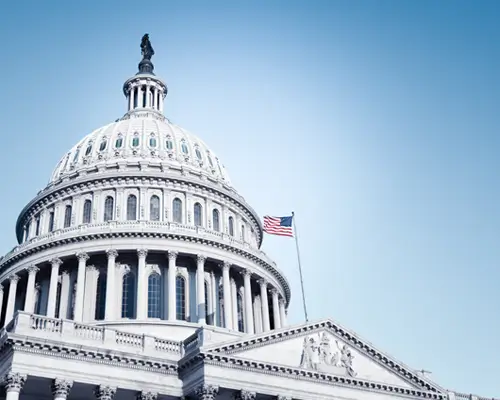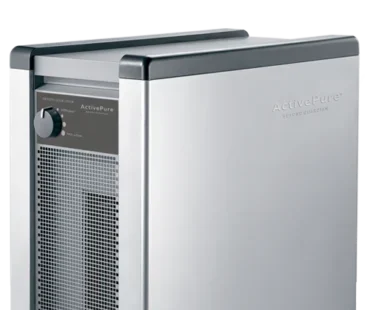Serving the public well includes providing healthy civic buildings for all
Government agencies can and should act to protect citizens from poor indoor air quality and surface contaminants, and should do everything possible to ensure military readiness
Our goal is to help governments provide the best indoor air possible for all their constituents.
Sustainable public infrastructure begins with the indoor air quality in our local, state, and federal government buildings. The people who set policies for public health and safety and invest constituents’ tax dollars in innovations should reasonably expect to work and serve people in an environment that won’t make them sick. The risks of poor indoor air are even more severe for vulnerable populations served by government agencies.
ActivePure® Technology can support governmental commitments to ESG requirements, including the benefits of energy savings, environmental health and safety improvement and risk mitigation. Our technology can lower energy consumption through reduction or recalibration of less efficient modalities, resulting in cost savings for governments of 25% or more. It offers real-time reductions of airborne and surface pathogens, and can help reduce the risk of community-acquired infections in public and congregant spaces. And to support key accountability metrics unique to governmental needs, we provide effective data-driven verification of results.

Our goal is to help governments provide the best indoor air possible for all their constituents.
Sustainable public infrastructure begins with the indoor air quality in our local, state, and federal government buildings. The people who set policies for public health and safety and invest constituents’ tax dollars in innovations should reasonably expect to work and serve people in an environment that won’t make them sick. The risks of poor indoor air are even more severe for vulnerable populations served by government agencies.
ActivePure Technology can support governmental commitments to ESG requirements, including the benefits of energy savings, environmental health and safety improvement and risk mitigation. Our technology can lower energy consumption through reduction or recalibration of less efficient modalities, resulting in cost savings for governments of 25% or more. It offers real-time reductions of airborne and surface pathogens, and can help reduce the risk of community-acquired infections in public and congregant spaces. And to support key accountability metrics unique to governmental needs, we provide effective data-driven verification of results.
